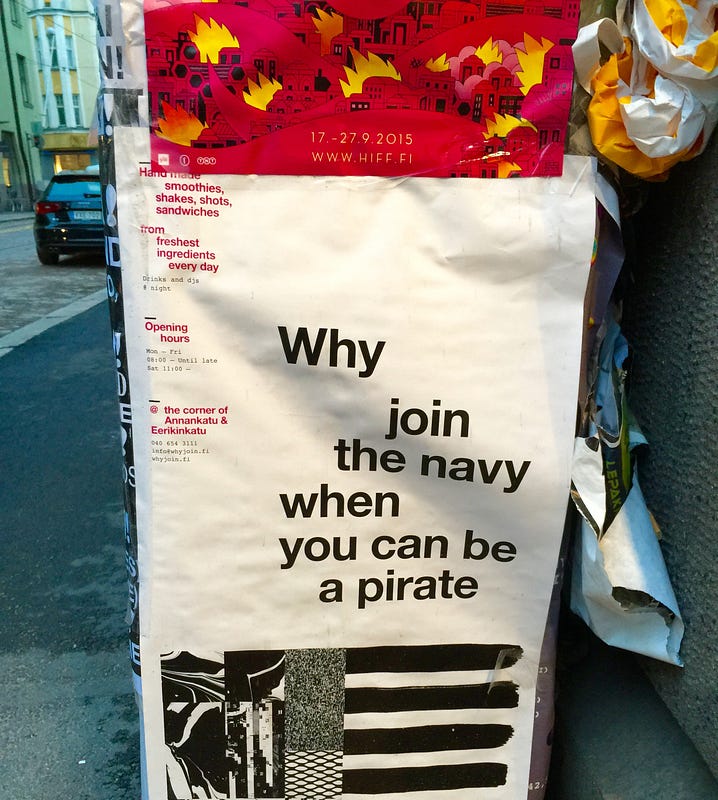"Porter, in his classical work on competitive strategy, built the concept of the 'value chain' according to which various economic actors working in a sequential, chain-like configuration 'add value' all the way until the customer is finally reached. Porter duly and clearly recognized that a company's position in this 'chain' may be challenged not only by its traditional competitors but also by actors representing substitute technology, by suppliers, and by customers themselves. And in his work on the competitiveness of nations Porter, with his 'cluster' theories, begins to develop notions of actor systems which can only fit the value chain model mom or less by forcing them to do so.Relacionei logo estes trechos com um vídeo delicioso que o @icyView me fez chegar ontem à tarde:
...
In fact, today's market game is much more about who can most creatively design frame breaking systemic solutions than about who can position himself in a 'chain'. The value chain was a stronger metaphor in a production- and materials-based economy than in a knowledge- and service-based one."
— Fredon Moniteau (@FMoniteau) October 1, 2017
Quando se monta um ecossistema acredita-se que vão surgir relações não lineares um pouco por todo o lado, e um mosaico vai emergir para densificar as interacções entre os seus actores.
Retirei estes trechos do capítulo 4 de "Reframing Business - When the Map Changes the Landscape" de Richard Normann. O capítulo 4 tem o sugestivo título de "Chained to the Value Chain?"
































